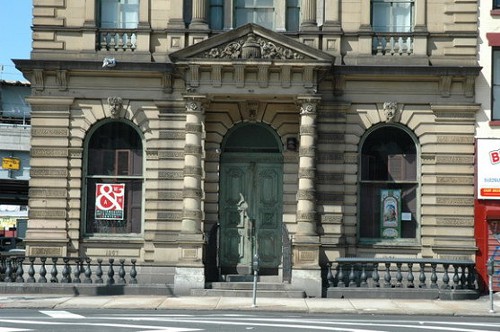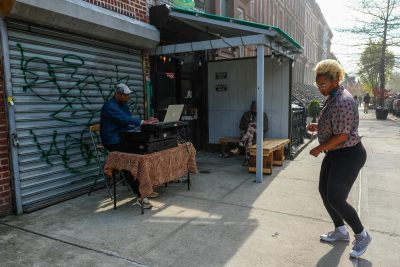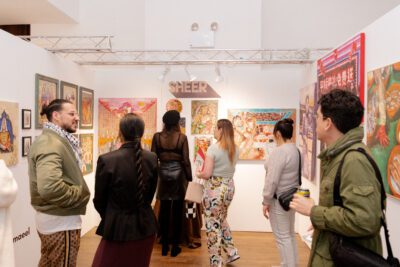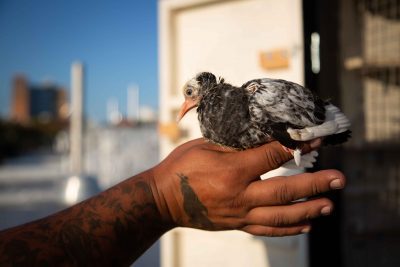Brooklyn Timeline: Williamsburg

1990s and early 2000s: Changes. Big, fat changes.
So, basically, here’s where I say that gentrification started and then everything in Williamsburg became cool and all Williamsburglars lived happily ever after, eating oysters and, I don’t know, building tables? Well, I would never say that! Because that’s not how things worked or work. What I will say is that this is the time that artists began to get priced out of there former neighborhoods in Manhattan and started flocking to Williamsburg to take advantage of the cheap rent and converted factory loft spaces. In 1996, Yuko Nii started the non-profit Williamsburg Art and Historical Center, which attempted to bring together all the different facets if the local artistic community. Basically, change was coming and it was coming fast.
And how did the existing neighborhood residents respond? Well, first of all, Williamsburg was a diverse neighborhood, so there was no monolithic response. But also, it’s important to remember that these are the easy years of development, the beginning years. This is the time when change might seem to be coming really rapidly, but, actually, the growth is relatively slow and organic. Why? Because it’s just people moving in. This is before the government and the really big corporate money has a stake in it. This is before the era of the glass towers is what I’m saying.
You might also like 



















